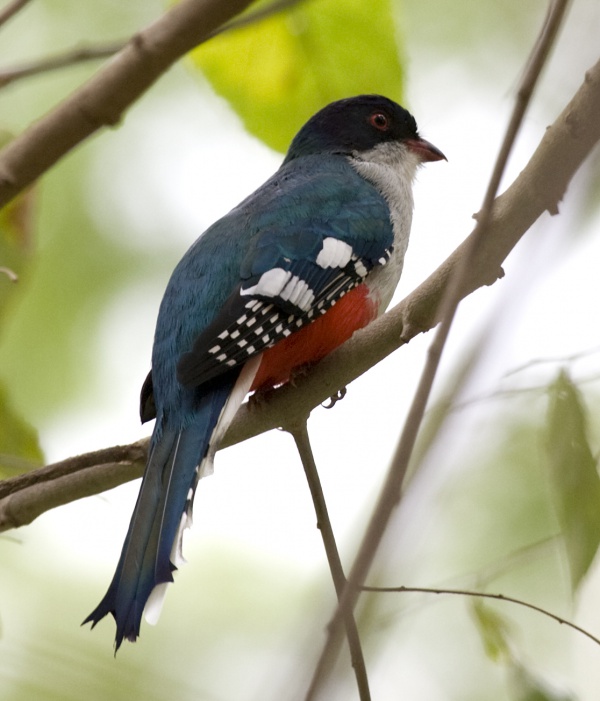Facts About Cuban trogon
The Cuban trogon, fondly known as the tocororo, is a striking bird native to Cuba and proudly serves as the country’s national bird. Belonging to the Trogonidae family, this vibrant species occupies a range of habitats, from dry and moist forests to degraded woodlands. Its colorful plumage, featuring a green back, blue crown, red belly and beak, and white throat and chest, beautifully mirrors the colors of the Cuban flag.
Depending on the linguistic context, the bird is known by different names. English speakers call it the Cuban trogon, while in Spanish-speaking areas, it is referred to as the tocororo or tocoloro, a name inspired by its distinctive call, which sounds like "toco-toco-tocoro-tocoro." Measuring between ten and eleven inches in length, the Cuban trogon is easily identifiable by its long, fluffy tail. These birds often travel in pairs and are noted for their noisy, somewhat clumsy flight.
The Cuban trogon is widespread across the island, with few exceptions. It thrives in both wet and dry forests at various elevations, favoring shady spots over sunny ones. For nesting, it prefers existing tree crevices, especially those left behind by woodpeckers. Its diet is diverse, consisting of flowers, fruits, and insects. Remarkably, the Cuban trogon has the ability to hover while feeding—a rare skill among birds.
